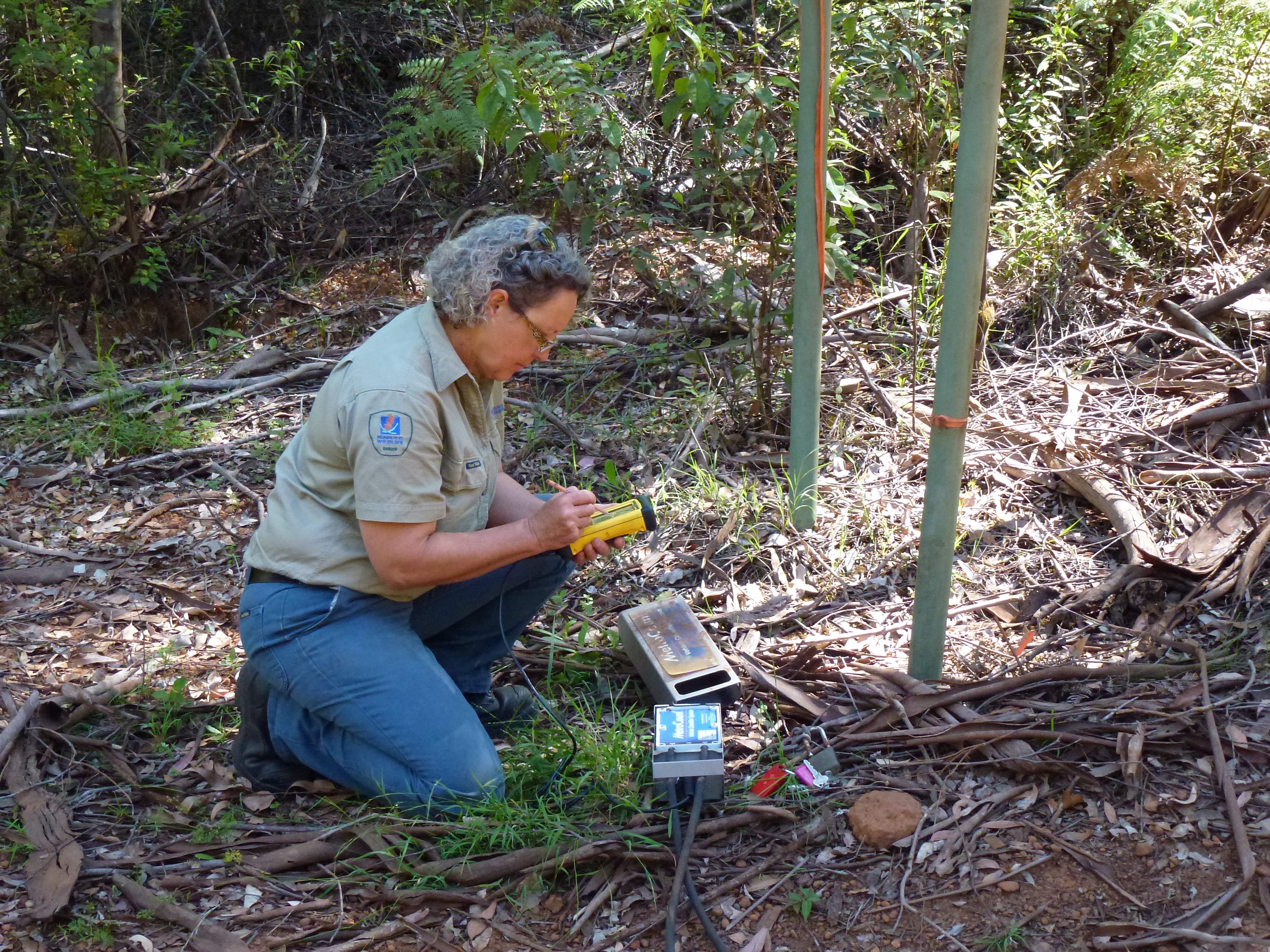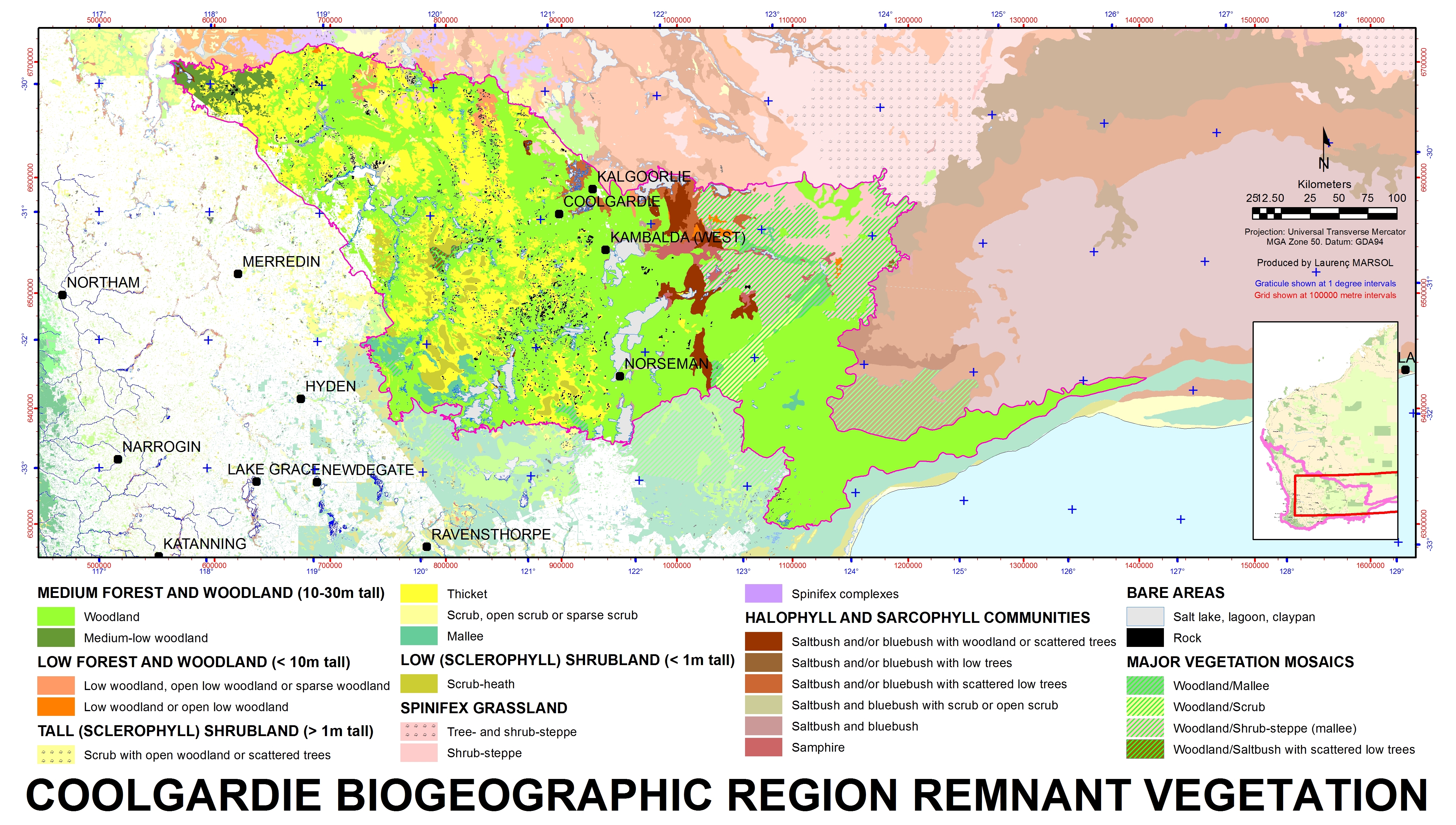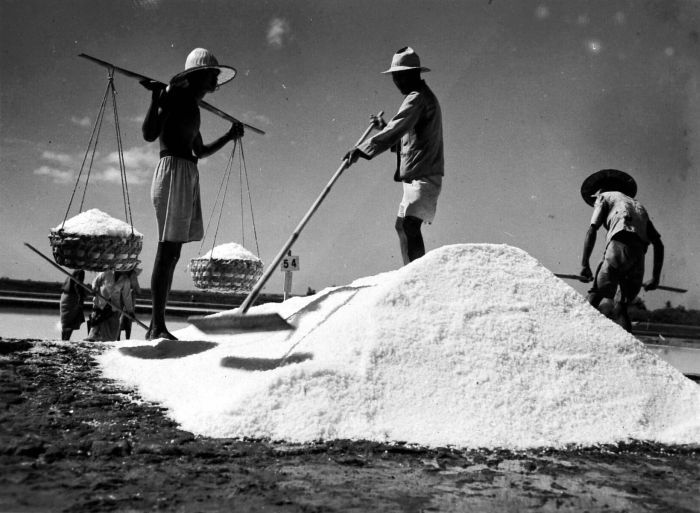|
Bossiaea Leptacantha
''Bossiaea leptacantha'' is a species of flowering plant in the family Fabaceae and is endemic to southern Western Australia. It is a low, compact, spreading, many-branched shrub, the branches ending in Phylloclade, cladodes, the leaves reduced to small scales, and with deep yellow, red and greenish yellow flowers. Description ''Bossiaea leptacantha'' is a low, compact, spreading, many-branched shrub that typically grows up to high, wide and is wikt:glabrous, glabrous except for the youngest growth. The branches end in cladodes wide, the leaves reduced to dark brown scales long. The flowers are usually arranged singly, each flower on a Pedicel (botany), pedicel up to long with up to thirteen overlapping bracts up to long. The five sepals are joined at the base forming a tube long, the two upper lobes long and the three lower lobes long, with egg-shaped Bract#Bracteole, bracteoles long on the pedicel. The Papilionaceous flower#Corolla, standard petal is deep yellow with ... [...More Info...] [...Related Items...] OR: [Wikipedia] [Google] [Baidu] |
Madura Pass
Madura is a small roadhouse community located on the Eyre Highway in Western Australia, on the Roe Plains. It is from Perth. It is at the foot of the escarpment next to the Madura Pass down from the Nullarbor Plain. UTC offset, UTC+8:45 is the local time zone in use. History Madura was settled in 1876 as a place to breed quality cavalry horses for the British Indian Army for use in the North-West Frontier Province (1901–1955), Northwest Frontier region of India (now part of Pakistan). The horses were shipped from the coast at Eucla, Western Australia, Eucla. (Cervantes, Western Australia, Cervantes, north of Perth, was also used for breeding.) The site was chosen as it was one of the few with free flowing bore water in the area. The surrounding area is part of Madura Station, currently a sheep station, but previously used to graze cattle, horses and camels. Present day Like other locations in the Nullarbor Plain area, the area consists of little more than a Roadhouse (fac ... [...More Info...] [...Related Items...] OR: [Wikipedia] [Google] [Baidu] |
Ernst Georg Pritzel
Ernst Georg Pritzel (15 May 1875 – 6 April 1946) was a German botanist. He is known for his research in the fields of phytogeography and taxonomy. He contributed works on Lycopodiaceae, Psilotaceae and Pittosporaceae to Engler & Prantl’s "Die Natürlichen Pflanzenfamilien".Council of Heads of Australasian Herbaria, Australian National Herbarium (biography) In 1900–02, with , he collected plants in , Australia and |
Flora Of Western Australia
The flora of Western Australia comprises 10,551 published native vascular plant species and a further 1,131 unpublished species. They occur within 1,543 genera from 211 families; there are also 1,317 naturalised alien or invasive plant species more commonly known as weeds. There are an estimated 150,000 cryptogam species or nonvascular plants which include lichens, and fungi although only 1,786 species have been published, with 948 algae and 672 lichen the majority. History Indigenous Australians have a long history with the flora of Western Australia. They have for over 50,000 years obtained detailed information on most plants. The information includes its uses as sources for food, shelter, tools and medicine. As Indigenous Australians passed the knowledge along orally or by example, most of this information has been lost, along many of the names they gave the flora. It was not until Europeans started to explore Western Australia that systematic written details of the flora commen ... [...More Info...] [...Related Items...] OR: [Wikipedia] [Google] [Baidu] |
Bossiaea
''Bossiaea'' is a genus of about 78 species of flowering plants in the pea family Fabaceae and is endemic to Australia. Plants in this genus often have stems and branches modified as cladodes, simple, often much reduced leaves, flowers with the upper two sepal lobes larger than the lower three, usually orange to yellow petals with reddish markings, and the fruit a more or less flattened pod. Description Plants in the genus ''Bossiaea'' are shrubs, often with the stems and branches modified as cladodes, the leaves simple and often reduces to scales, usually with small stipules at the base. The flowers are usually arranged singly in leaf axils, usually with two or three small bracts or bracteoles at the base of the peduncle. There are five sepals, the upper two usually larger and united higher than the lower three. The petals are mostly orange to yellow, often with darker markings and the standard is about twice as long as the sepals. The stamens are united into a sheath that is ... [...More Info...] [...Related Items...] OR: [Wikipedia] [Google] [Baidu] |
Department Of Parks And Wildlife (Western Australia)
The Department of Parks and Wildlife (DPaW) was the department of the Government of Western Australia responsible for managing lands described in the ''Conservation and Land Management Act 1984'' and implementing the state's conservation and environment legislation and regulations. The minister responsible for the department was the Minister for the Environment (Western Australia), Minister for the Environment. History The Department of Environment and Conservation (Western Australia), Department of Environment and Conservation (DEC) was separated on 30 June 2013, forming the Department of Parks and Wildlife (DPaW) and the Department of Environment Regulation (DER), both of which commenced operations on 1 July 2013. DPaW focused on managing multiple use state forests, national parks, marine parks and reserves. DER focused on environmental regulation, approvals and appeals processes, and pollution prevention. It was announced on 28 April 2017 that the Department of Parks and Wi ... [...More Info...] [...Related Items...] OR: [Wikipedia] [Google] [Baidu] |
IBRA
The Interim Biogeographic Regionalisation for Australia (IBRA) is a biogeographic regionalisation of Australia developed by the Australian government's Department of Sustainability, Environment, Water, Population, and Communities. It was developed for use as a planning tool, for example for the establishment of a national reserve system. The first version of IBRA was developed in 1993–94 and published in 1995. Within the broadest scale, Australia is a major part of the Australasia biogeographic realm, as developed by the World Wide Fund for Nature The World Wide Fund for Nature Inc. (WWF) is an international non-governmental organization founded in 1961 that works in the field of wilderness preservation and the reduction of human impact on the environment. It was formerly named the Wor .... Based on this system, the world is also split into 14 terrestrial habitats, of which eight are shared by Australia. The Australian land mass is divided into 89 bioregions and 4 ... [...More Info...] [...Related Items...] OR: [Wikipedia] [Google] [Baidu] |
Mallee (biogeographic Region)
Mallee, also known as Roe Botanical District, is a biogeographic region in southern Western Australia. Located between the Esperance Plains, Avon Wheatbelt and Coolgardie bioregions, it has a low, gently undulating topography, a semi-arid mediterranean climate, and extensive ''Eucalyptus'' mallee vegetation. It has an area of . About half of the region has been cleared for intensive agriculture. Recognised as a region under the Interim Biogeographic Regionalisation for Australia (IBRA), it was first defined by John Stanley Beard in 1980. Geography and geology The Mallee region has a complex shape with tortuous boundaries, but may be roughly approximated as the triangular area south of a line from Bruce Rock to Eyre, but not within 40 kilometres (25 mi) of the south coast, except at its eastern limits. It has an area of about 79000 square kilometres (31000 mi²), making it about a quarter of the South West Botanic Province, 3% of the state, and 1% of Australia. I ... [...More Info...] [...Related Items...] OR: [Wikipedia] [Google] [Baidu] |
Hampton (biogeographic Region)
Hampton is an interim Australian bioregion located in southeastern coastal Western Australia, with a small portion (4%) extending into adjacent South Australia. It has an area of . The Hampton bioregion is part of the Coolgardie woodlands ecoregion. Geography The bioregion includes a coastal plain, known as the Roe Plains, covered by extensive marine dunes, with a limestone escarpment, known as the Hampton Tableland or Hampton Range, emerging to the north of the dune fields. The bioregion is bounded on the north by the Nullarbor Plain, and on the south by the Great Australian Bight.Sandra Gilfillan, Malcolm Grant, Sarah Comer, Sarah Barrett, Klaus Tiedemann and Lawrie Anderson (2001).Hampton (HAM), in ''A Biodiversity Audit of Western Australia’s 53 Biogeographical Subregions in 2002''. Department of Conservation and Land Management. Accessed 7 May 2022. The escarpment is an outcrop of the Eucla Basin, a sedimentary geologic basin that extends under the entire region as we ... [...More Info...] [...Related Items...] OR: [Wikipedia] [Google] [Baidu] |
Coolgardie (biogeographic Region)
Coolgardie is an Australian bioregion consisting of an area of low hills and plains of infertile sandy soil in Western Australia. It has an area of . It includes much of the Great Western Woodlands. Location and description This is a transition zone between the Mediterranean climate of Australia's south-west coast and the country's dry interior. The poor soil makes it unsuitable for agriculture but Coolgardie has been a gold and nickel mining area. It is bounded on the north by the arid Murchison bioregion, characterised by open Mulga woodlands and steppe. The low shrublands of the arid Nullarbor Plain lie to the east. The Mallee bioregion adjoins Coolgardie on the south. The Avon Wheatbelt bioregion is to the west. The Coolgardie bioregion, together with the coastal Hampton bioregion to the southeast, constitute the Coolgardie woodlands ecoregion defined by the World Wildlife Fund. Flora and fauna The low hills are home to woodland of endemic species of eucalyptus whil ... [...More Info...] [...Related Items...] OR: [Wikipedia] [Google] [Baidu] |
Madura
Madura Island is an Indonesian island off the northeastern coast of Java. The island comprises an area of approximately (administratively 5,379.33 km2 including various smaller islands to the east, southeast and north that are administratively part of Madura's four regencies). Administratively, Madura is part of the province of East Java. It is separated from Java by the narrow Madura Strait. The administered area has a density of 744 people per km2 while main island has a somewhat higher figure of 826 per km2 in 2020. Etymology The name of Madura island is of Hindu origin. The origin of the island's name lies in the legend that the island is in the realm of Hindu deity Baladewa. The name ''Madura'' itself is derived from the word ''"Mathura"'' - a word in Indian-origin language Sanskrit for the native home of Baladewa "Baladeva". The corrupted form of Sanskrit word ''Mathura'' became the ''Madura''.Ed. Emma Helen Blair and James Alexander Robertson, 1903-09The Ph ... [...More Info...] [...Related Items...] OR: [Wikipedia] [Google] [Baidu] |
Peak Charles National Park
Peak Charles National Park is a national park in Western Australia, east of Perth and north west of Esperance. The park is named for one of the main features, Peak Charles, which is an ancient granite peak with an elevation of that dominates the park along with its neighbour Peak Eleanora. Both afford excellent views over the park, which is primarily composed of dry sand plain heaths and salt lake systems. It is located within the IBRA sub region of the Eastern Mallee and has a number of rare plants within its boundaries including '' Gastrolobium acrocaroli''. No entry fee applies to enter the park but there are few facilities available to tourists. A car park, campground and toilets are available. A looped walk trail to a lookout at the top of Peak Charles is also available which requires rock scrambling. See also * Protected areas of Western Australia Western Australia is the second largest country subdivision in the world. It contains no fewer than separate Prot ... [...More Info...] [...Related Items...] OR: [Wikipedia] [Google] [Baidu] |
Binomial Nomenclature
In taxonomy, binomial nomenclature ("two-term naming system"), also called nomenclature ("two-name naming system") or binary nomenclature, is a formal system of naming species of living things by giving each a name composed of two parts, both of which use Latin grammatical forms, although they can be based on words from other languages. Such a name is called a binomial name (which may be shortened to just "binomial"), a binomen, name or a scientific name; more informally it is also historically called a Latin name. The first part of the name – the '' generic name'' – identifies the genus to which the species belongs, whereas the second part – the specific name or specific epithet – distinguishes the species within the genus. For example, modern humans belong to the genus '' Homo'' and within this genus to the species '' Homo sapiens''. '' Tyrannosaurus rex'' is likely the most widely known binomial. The ''formal'' introduction of this system of naming species is ... [...More Info...] [...Related Items...] OR: [Wikipedia] [Google] [Baidu] |

.jpg)






